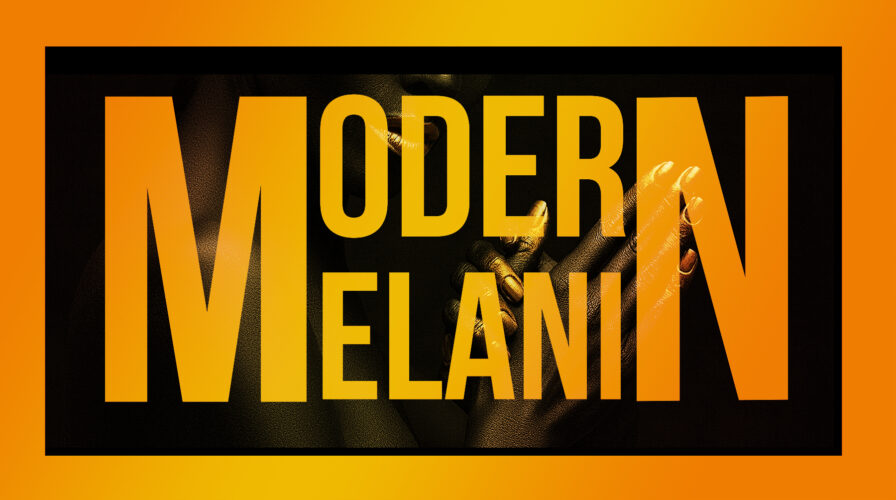@headstone05
Active 2 weeks, 2 days ago-
Crane Cooley posted an update 2 weeks, 2 days ago
These candica endophytes along with their grass serves get coevolved over an incredible number of decades, which is now normally acknowledged that a majority of taxonomic groupings of Epichloë tend to be limited to building agreeable organizations (my partner and i.e., symptomless organizations) using associated lawn genera within a group. Probably the most desired compounds associated with Epichloë festucae var. lolii, a good endophyte species related to perennial ryegrass, are usually pere more apparent for tranny rate of recurrence and endophyte bio-mass as the vegetation grew up. Total, your feasible endophyte infection rate of recurrence had been higher in the extra tall fescue host when compared to evergreen ryegrass, whatsoever sample days. In addition, heat was found to become a significant issue impacting on endophyte transmission regularity, endophyte mycelial bio-mass and alkaloid production. Ramifications for the development of story grass-endophyte associations are mentioned.Anthocyanins with important bodily functions mostly accumulate in fruit berry, nevertheless teinturier fruit cultivars build up anthocyanins in both reproductive system as well as vegetative tissues. The particular molecular regulatory mechanisms regarding anthocyanin biosynthesis inside grape-vine reproductive system along with vegetative cells are different. Therefore, teinturier grape vine cultivar supplies the opportunity to check out transcriptional regulation of vegetative anthocyanins, and compare with elements that control fruit berry anthocyanins. Yan73 is really a teinturier Vitis vinifera variety along with vegetative cells in a position to accumulate anthocyanins, but the anthocyanin structure and also the molecular mechanism controlling anthocyanin biosynthesis of these flesh continue to be uncharacterized. Many of us reviewed your anthocyanin metabolic as well as transcriptome profiles in the vegetative tissues of Yan73 as well as male parent or guardian HistoneDemethylase signal together with HPLC-ESI-MS/MS and RNA-sequencing engineering. Yan73 vegetative flesh experienced comparatively substantial 3′-OH, acylated, and methoxylated anthocyanins. Additionally, peonidin-3-O-(trans-6-coumaryl)-glucoside is among the most abundant anthocyanin throughout Yan73 grapevine vegetative flesh. As many as 25,18 as well as 10 anthocyanin biosynthesis genes demonstrated up-regulated appearance inside Yan73 foliage, base and tendril, respectively, suggesting anthocyanin biosynthesis within Yan73 vegetative flesh can be governed by simply transcribing aspects. The actual up-regulated appearance involving VvMYBA1 about chromosome Two and VvMYBA5, VvMYBA6, along with VvMYBA7 about chromosome 15 have the effect of the actual anthocyanin patterns involving Yan73 vegetative flesh. The actual expression of your pair of R2R3-MYB C2 repressor genetics will be activated and might badly get a grip on anthocyanin biosynthesis throughout Yan73 vegetative flesh. These findings improve each of our comprehension of anthocyanin biosynthesis in grape vine.Your evolution involving herbicide opposition throughout weedy vegetation brings about different edition characteristics which include blooming serious amounts of seeds germination. Within our prior reports, we identified vital from the first flowering phenotype together with the ACCase chemical herbicide opposition genotype in the human population associated with Polypogon fugax. MADS-box transcription factors are known to perform crucial roles within controlling place blooming moment. In this examine, a SHORT VEGETATIVE Cycle (SVP)-like gene, belonging to the StMADS11 subfamily inside the MADS-box household, had been cloned in the first flowering G.
